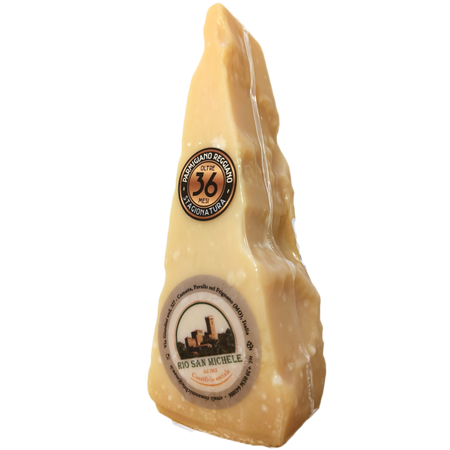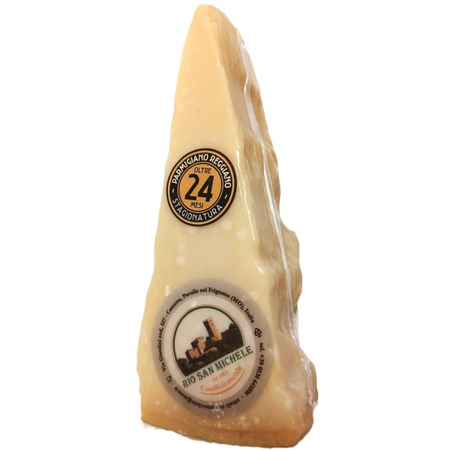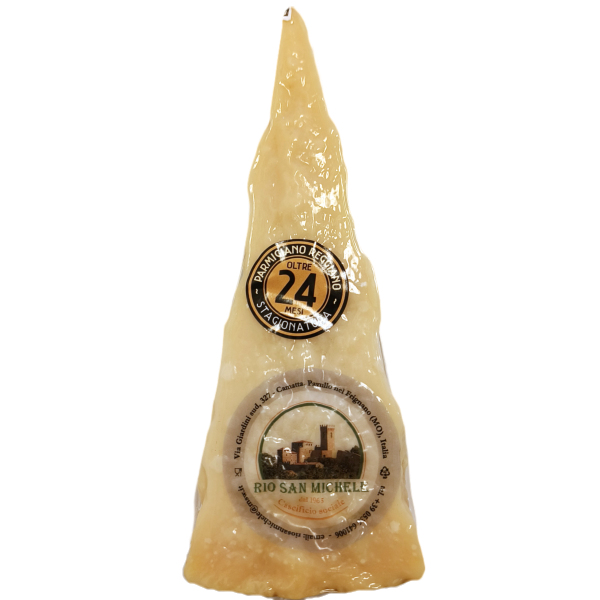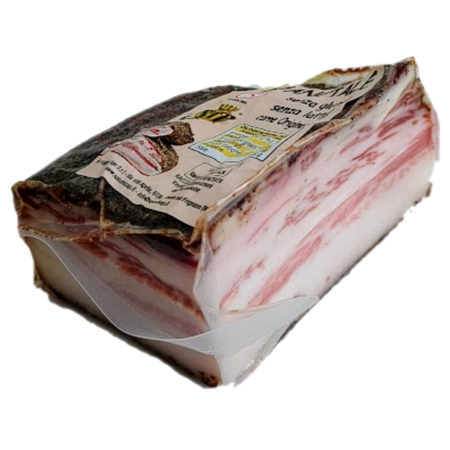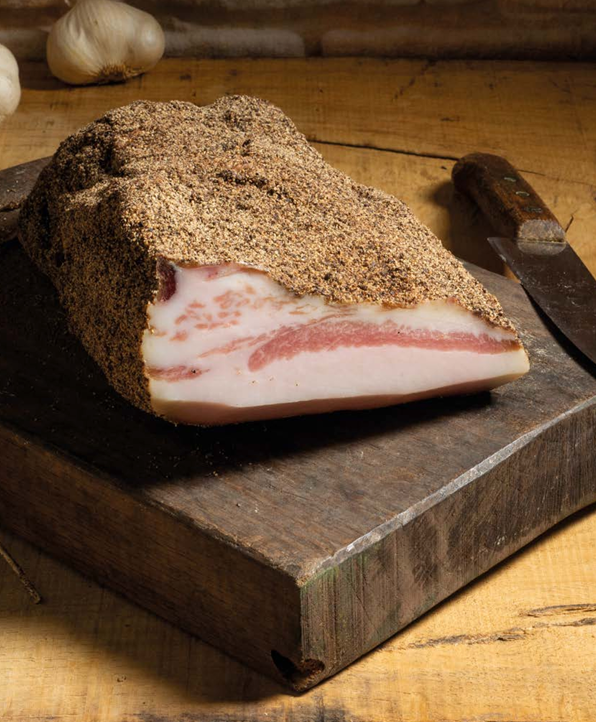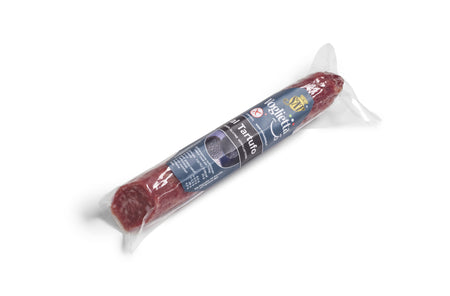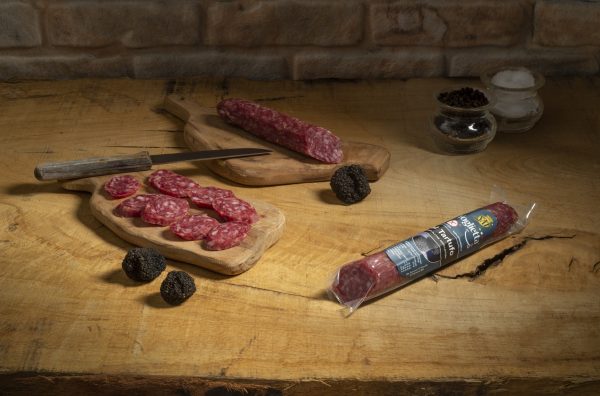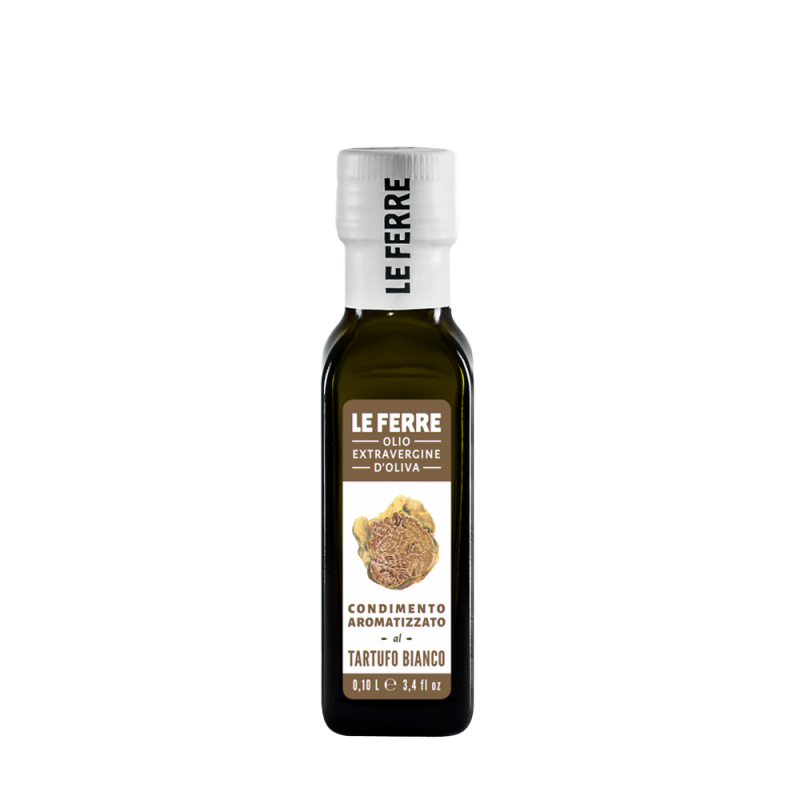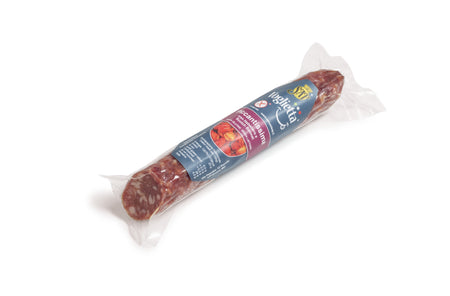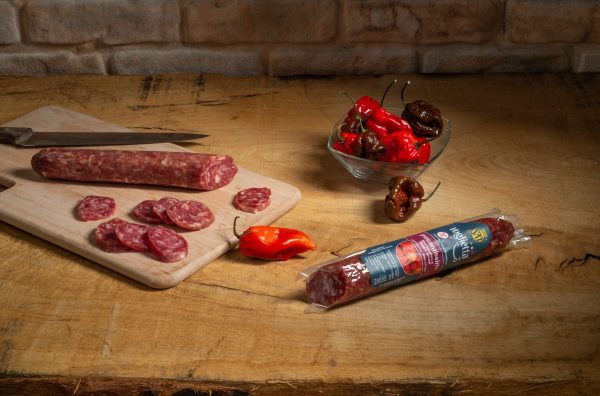When we talk about superfoods, we often think of exotic berries, omega-3-rich seeds, and protein powders with difficult names. But few people know that one of the world’s most remarkable superfoods is an Italian delicacy: Parmigiano Reggiano (find our parmigiano here :-)). This cheese, produced according to tradition for over nine centuries, is a powerhouse of essential nutrients and health benefits, as well as being incredibly versatile in the kitchen.
Nutritional Value of Parmigiano Reggiano: A Concentration of Wellness
Parmigiano Reggiano is an outstanding source of high-quality protein, with a percentage of around 33%. This means it provides all essential amino acids needed for muscle growth and overall well-being.
In addition to protein, it is extremely rich in calcium, which is essential for bone and dental health, containing about 1150 mg per 100 grams. It also provides a good amount of phosphorus, zinc, and selenium, crucial minerals for metabolism and the immune system.
Another surprising feature is that, despite being an aged cheese, it is naturally lactose-free. Thanks to the long maturation process, lactose is completely broken down, making it suitable for those with lactose intolerance.
Parmigiano Reggiano vs. Other Superfoods: A Comparison
When comparing Parmigiano Reggiano with other popular superfoods, some unique characteristics emerge:
-
Parmigiano Reggiano vs. Quinoa: Quinoa is a complete plant-based protein source, but Parmigiano offers a much higher protein percentage (33g vs. 4g per 100g) and better bioavailability.
-
Parmigiano Reggiano vs. Chia Seeds: Chia seeds are known for their calcium content (about 630 mg per 100g), but Parmigiano contains nearly twice as much, and its calcium is more easily absorbed.
-
Parmigiano Reggiano vs. Salmon: Salmon is famous for its omega-3 content, while Parmigiano is richer in protein and calcium and is easier to store and consume.
Each superfood has its own specific benefits: Chia seeds, for example, excel in fiber and omega-3 content, while quinoa is a good plant-based iron source. However, Parmigiano stands out for its easily digestible protein and mineral profile, making it an excellent choice for a balanced diet.
Health Benefits: Why You Should Include Parmigiano Reggiano in Your Daily Diet
Thanks to its exceptional nutritional profile, Parmigiano Reggiano is ideal for various needs:
-
For athletes: Its high-quality proteins support muscle building and recovery.
-
For children and the elderly: The high calcium and phosphorus content promotes bone development in children and helps prevent osteoporosis in adults.
-
For lactose-intolerant individuals: Being completely lactose-free, it is a great alternative for those with intolerance.
-
For gut health: Bioactive peptides released during aging have probiotic properties and can help improve gut flora.
How to Eat Parmigiano Reggiano: Healthy and Delicious Ideas
Beyond the classic grated cheese on pasta, Parmigiano Reggiano can be enjoyed in many creative ways:
-
In flakes on salads for extra flavor and protein. I personally love a Parmigiano 12 mesi for this!
-
As a natural protein-rich snack – perfect before or after a workout. Try an 18 months aged Parmigiano.
-
I would use a 24 mesi or 30 mesi aged Parmigiano melted over grilled vegetables or soups for a richer taste.
-
Paired with nuts and honey for a nutritious snack – I recommend a 36 mesi parmigiano reggiano.
Parmigiano Reggiano is not only a symbol of Italian gastronomy but a true natural superfood with remarkable health benefits. Including it in your daily diet, in the right quantities, means choosing a nutritious, easily digestible, and incredibly versatile food. Next time you look for a healthy and energizing food, don’t look too far – the best superfood might already be in your fridge!
Buon appetito!





